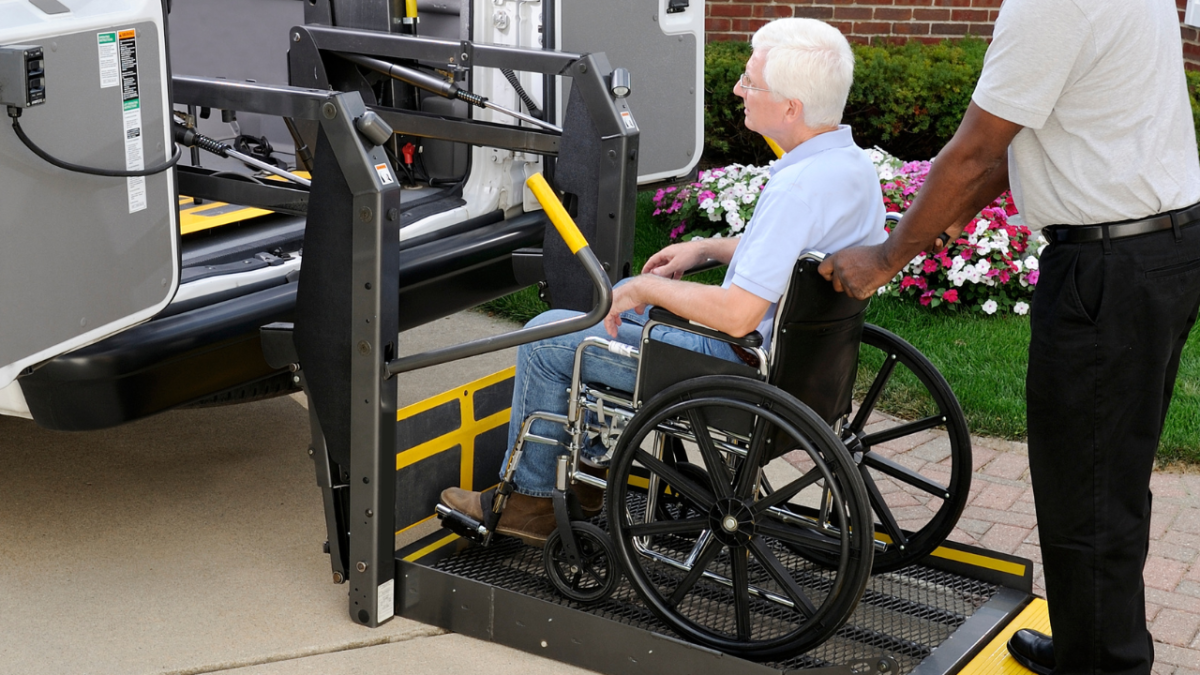A Non-emergency medical transportation business provides a service that is a valuable community asset. Moreover, the NEMT business can be profitable with the right planning and execution. The need for NEMT is increasing, especially in communities with a growing aging population. In addition to an aging population, the US is enjoying increased healthcare accessibility, yet with limited public transportation in many areas.
A non-emergency medical transportation business is a solid choice for an entrepreneur who likes to drive and is good at customer service. If that matches your strengths, read on for a guide on how to start a medical transportation business.
Medical Transportation Services
Let’s get the basic definitions out of the way:
- Emergency Medical Transportation (EMT): Typically involves ambulances equipped to handle medical emergencies, staffed with trained paramedics and EMTs. These vehicles respond to urgent medical situations and accidents.
- Nonemergency Medical Transportation (NEMT): Designed for patients who need transportation to and from medical appointments but do not have a medical emergency. The staff may not need to have the same medical training level as EMTs, but they should know basic first aid.
The Role of Non-Emergency Medical Transportation (NEMT)
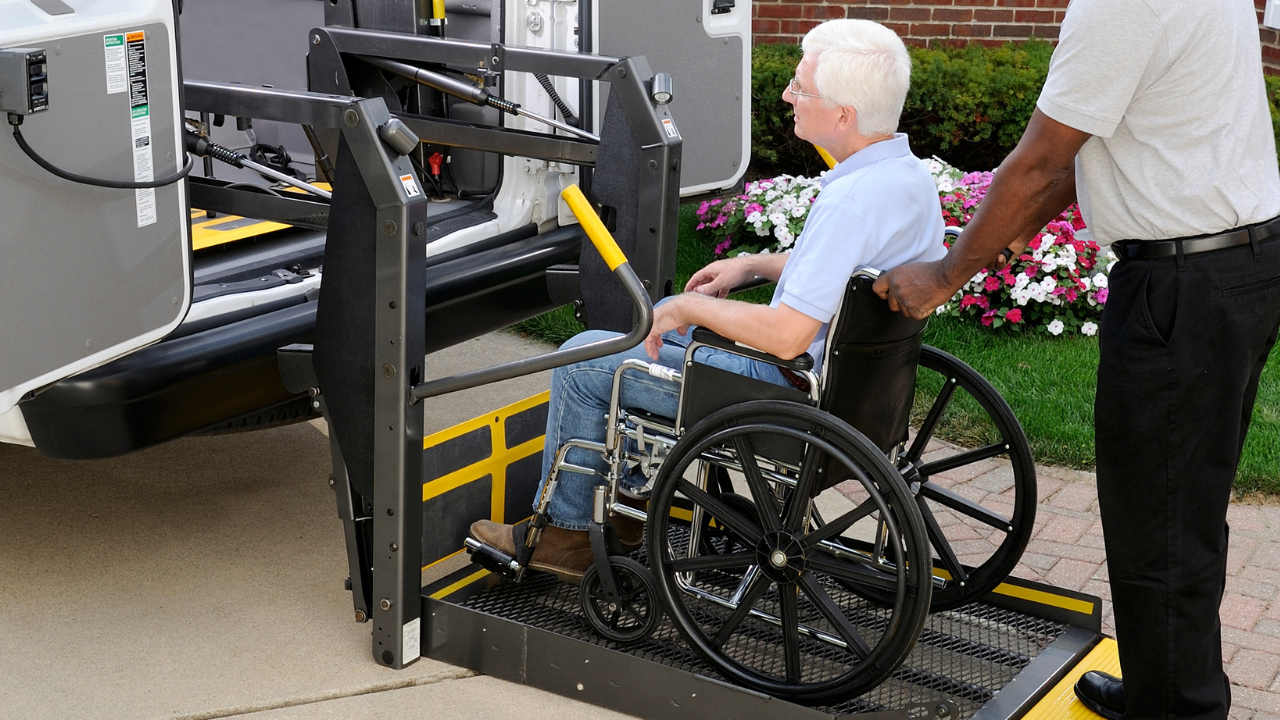
NEMT acts as a crucial link, ensuring patients get timely medical care, attend regular check-ups, and receive treatment, reducing long-term healthcare costs and improving community health outcomes.
NEMTS are vital parts of a local healthcare network.
Services Offered by Medical Transportation Businesses
Medical transportation businesses can provide rides to and from various appointments and activities, including:
- Medical Appointments
- Rehabilitation Visits
- Dialysis Centers
- Hospital Discharge Transportation
- Long-Distance Reliable Medical Transportation Services
- Transportation to pharmacies for medication pick-up
- Transportation to outpatient procedures
- Transporting patients with special needs to therapy or day programs
- Senior transport for wellness or community programs
How Much Does a Medical Transportation Business Make?

The profitability varies based on factors like operational efficiency, volume of clients, service rates, and region.
On average, the revenue can range from $25 to $60 per hour per vehicle.
Essential Steps in Starting a Medical Transportation Business
Now, let’s focus on how to start a business in the medical transportation field.
Complying Regulations in The NEMT Business
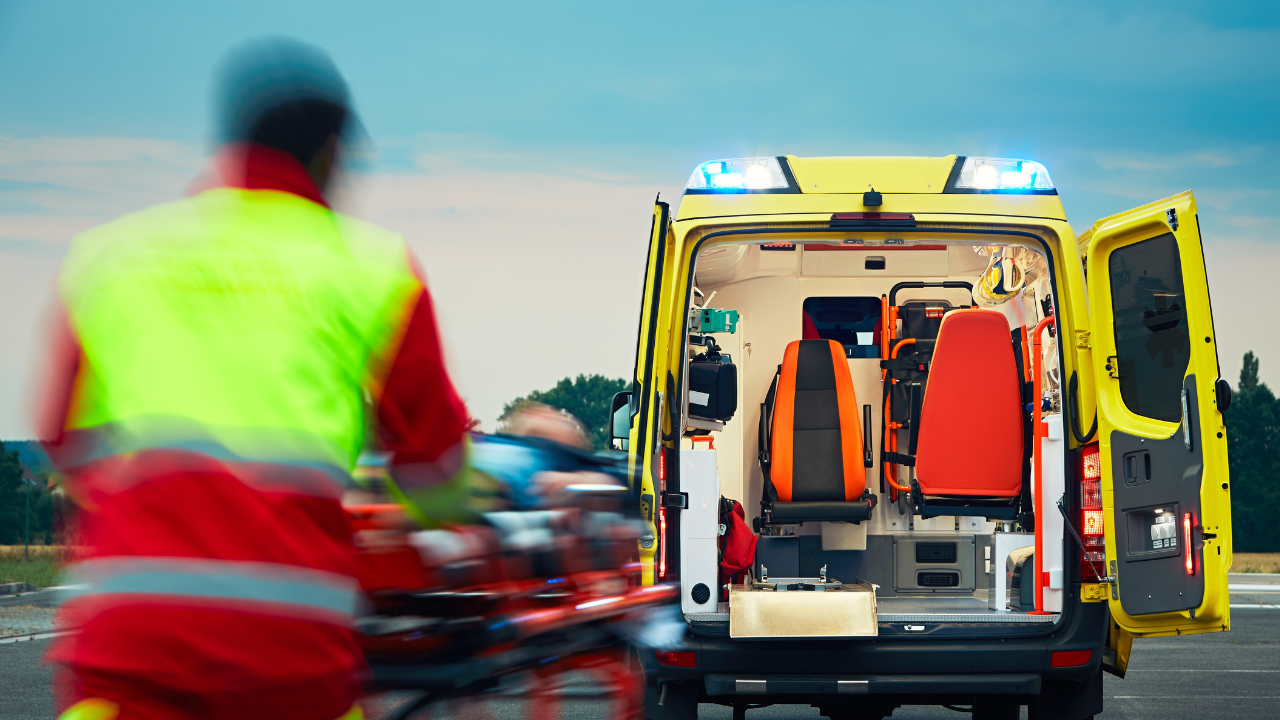
Though starting a medical transportation business can be a great option for those interested in learning how to make money with your car, some additional qualifications must be met. Both federal and state authorities regulate NEMT companies, with each state having specific regulations and licensure requirements.
Any business acting as a medical transportation company must adhere to Medicaid regulations if they plan to service Medicaid beneficiaries.
Vehicle drivers will need a commercial driving license.
The vehicle must have a current inspection and registration and be insured.
The NEMT business must be registered and obtain an operating license. The business should also obtain special transportation permits, as the individual state requires.
Crafting a Medical Transportation Business Plan

Your business plan for the NEMT business should include a thorough market analysis. You must determine how much demand for the service exists, and also identify competitors and set pricing. The strength of the NEMT business is that it is a profitable senior service business – seniors make up the bulk of the clients.
On the business side, research common business structures and expenses like small business insurance. Then, you can create financial projections based on your services and pricing model.
You must also analyze the area’s driving routes. That way, you’ll have a head start on being able to ensure timely service for clients. Analyzing the routes will also lead you to improve route optimization and fuel efficiency.
Fleet Considerations for a Medical Transportation Business: Wheelchair Accessible Vans
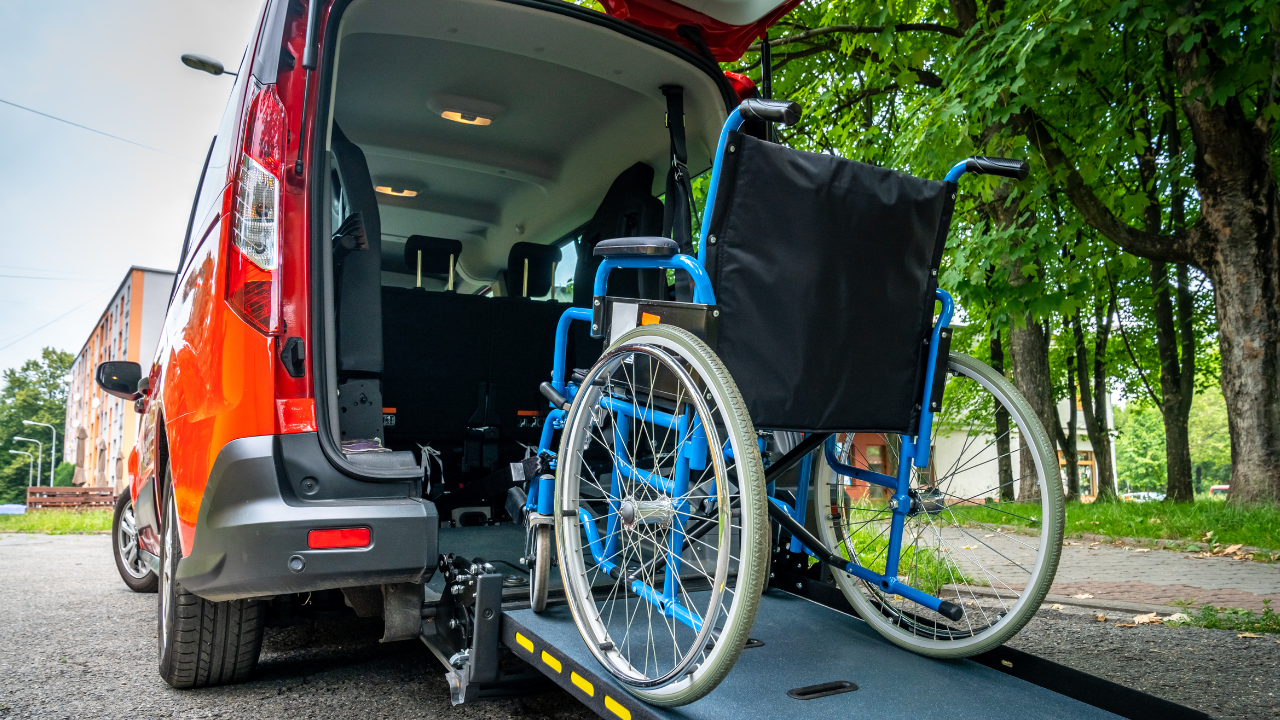
There are several options for vehicles. A NEMT business could start with one type of vehicle and add more of the same type or a different type depending on client demand:
- Modified vans with wheelchair ramps/lifts.
- Smaller vehicles for patients without mobility issues.
- Ambulettes or mini-buses for multiple passengers.
Medical Equipment Need Onboard

Onboard medical equipment ensures safety and timely response in case of any emergencies during the transport. Here are some essential items that should be present in nonemergency medical transportation vehicles:
- First Aid Kit: This is a basic requirement. The kit should contain bandages, antiseptics, sterile gauze, adhesive tape, scissors, tweezers, instant cold packs, disposable gloves, burn ointment, and other essential first aid items.
- Oxygen Tanks: Patients may require oxygen due to various medical conditions. Ensure oxygen tanks are properly stored and secure.
- Automated External Defibrillator (AED): An AED can be a lifesaver during sudden cardiac emergencies. Ensure that staff are trained to use it.
- Blood Pressure Monitor: A portable blood pressure monitor (sphygmomanometer) helps to check patients’ blood pressure when needed.
- Blood Glucose Monitoring Kit: For patients who are diabetic or have blood sugar issues.
- Portable Suction Machine: Useful to clear airway obstructions.
- Stethoscope: Basic equipment to check heart and respiratory sounds.
- Wheelchair and Stretcher: Depending on the nature of the transport, these items ensure the safe and comfortable transfer of patients.
- Cervical Collars: Useful for stabilizing neck injuries during transportation.
- Splints: For stabilizing potential fractures or sprains.
- Thermometer: A digital or infrared thermometer can monitor for fever or changes in body temperature.
- Blankets and Pillows: For comfort and to maintain body temperature in cold conditions.
- Sanitation Supplies: Hand sanitizers, disinfectant wipes, masks, and protective gloves. In today’s context, it’s also wise to consider including personal protective equipment (PPE) such as face shields or gowns, especially if transporting patients with infectious conditions.
- Emergency Medications: As per the regulatory guidelines of the region, certain emergency medications like epinephrine auto-injectors (for allergic reactions) or nitroglycerin (for chest pain) can be kept onboard.
- Spill Kits: For managing and cleaning up any biohazard spills or bodily fluids.
- Fire Extinguisher: Ensure it’s regularly checked and accessible.
| Equipment | Description | Purpose |
|---|---|---|
| First Aid Kit | Contains bandages, antiseptics, gauze, tape, scissors, tweezers, cold packs, gloves, burn ointment, etc. | Provides basic medical care for minor injuries. |
| Oxygen Tanks | Tanks containing medical-grade oxygen. Must be securely stored. | To provide supplemental oxygen to patients in need. |
| AED | Automated External Defibrillator. | Emergency treatment for sudden cardiac events. |
| Blood Pressure Monitor | Portable sphygmomanometer. | To monitor blood pressure levels. |
| Blood Glucose Monitoring Kit | Kit containing glucose meter, test strips, lancets. | To check blood sugar levels in diabetic patients or those with sugar issues. |
| Portable Suction Machine | Machine designed to clear airway obstructions. | Clears airways to facilitate breathing. |
| Stethoscope | Acoustic device for listening to internal sounds. | Monitor heart and respiratory sounds. |
| Wheelchair and Stretcher | Mobility devices. | Safe and comfortable transfer of patients. |
| Cervical Collars | Devices to stabilize neck injuries. | Prevents further injury to the neck during transport. |
| Splints | Rigid or flexible devices. | Stabilize and support fractures or sprains. |
| Thermometer | Digital or infrared device. | Monitor body temperature. |
| Blankets and Pillows | Soft materials for warmth and comfort. | Comfort and maintaining body warmth. |
| Sanitation Supplies | Hand sanitizers, disinfectant wipes, masks, gloves, face shields, gowns. | Ensuring hygiene and safety, especially during infectious disease outbreaks. |
| Emergency Medications | Epinephrine auto-injectors, nitroglycerin, etc. (as per regional guidelines). | Immediate response to certain medical emergencies. |
| Spill Kits | Kits for managing and cleaning biohazard spills or bodily fluids. | Cleaning and managing potential biohazard incidents. |
| Fire Extinguisher | Device to extinguish small fires. | Safety device in case of fires. Must be checked regularly. |
Always ensure that the medical equipment is regularly checked, maintained, and replaced when necessary. Furthermore, all staff should be adequately trained to use the equipment and understand the protocol for different medical scenarios.
Funding Your Medical Transport Business

You have several choices for getting funding for your NEMT business:
- Traditional bank loans – Armed with good, favorable financial documentation and a well-crafted business plan, an entrepreneur can land a loan to start the business.
- Small Business Administration (SBA) loans – SBA loans are administered through participating banks. They usually offer lower interest rates and longer payback terms.
- Angel investors or venture capitalists – With the right connections and a solid business plan, you may be able to attract investors.
- Crowdfunding – This is a good option for the entrepreneur who is willing to start small, perhaps with a single vehicle.
Building a Brand and Marketing Your Medical Transport Company

So exactly what is marketing for a medical transportation business? A medical transportation company needs a strong brand that is easily identifiable. Seeing that logo on a vehicle door will help clients feel a stronger sense of safety and reliability using the service.
Here are some important elements of branding and marketing:
- Develop a strong brand identity (logo, color scheme).
- Utilize local advertising (local newspapers, radio).
- Create a user-friendly website with online booking. Refer to our website startup guide to learn what to include. However, a NEMT should include the option to book appointments by phone, cell phone, and text for older clients or other citizens who do not use a computer.
- Engage with community events or health fairs.
Hiring and Training Staff for Medical Transport Businesses
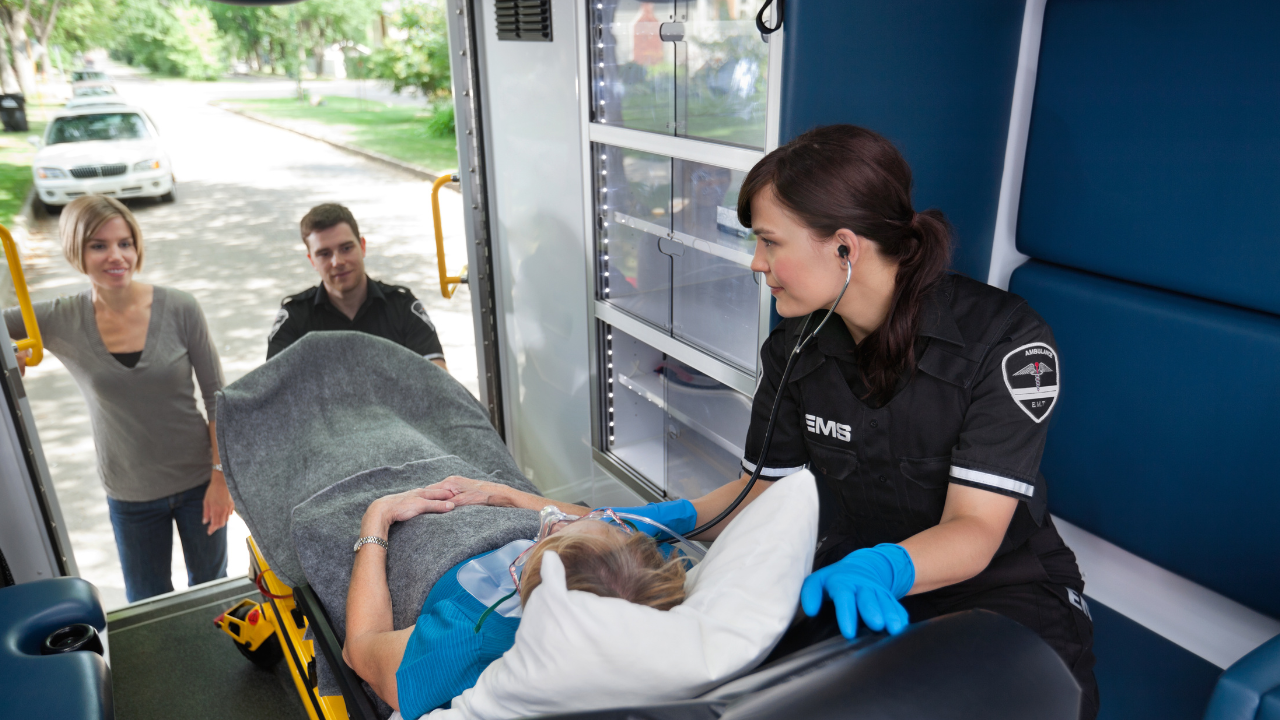
Drivers, as we mentioned, will typically need commercial driving licenses. And each employee should undergo a complete background check.
Drivers also need first aid and CPR training, often offered through Red Cross courses. These certifications must be renewed annually.
FAQs
Detailed Startup Costs
Starting a nonemergency medical transportation business (NEMT) involves various costs, which can vary based on your location, scale, and specific choices. Now that you know how to start a medical transportation business, here’s a general breakdown of some startup costs to consider:
- Vehicle Costs:
- Modified Vans with Wheelchair Access: Can range from $30,000 to $60,000 or more per vehicle, depending on new vs. used and the specifics of the modifications.
- Ambulettes/Minibuses: Can range from $40,000 to $100,000 or more, again depending on new vs. used and the type of modifications.
- Vehicle Maintenance and Repairs:
- Initial investment: $1,000 to $3,000 for basics like spare tires, tools, and an initial checkup.
- Insurance:
- Vehicle Insurance: This specialized commercial auto insurance for medical transport can range from $5,000 to $15,000 per vehicle annually, depending on the location and coverage level.
- Liability Insurance: To cover potential patient injuries or accidents. Expect to pay $3,000 to $7,000 annually.
- Worker’s Compensation Insurance: If you have employees. The cost varies based on state and payroll but budget for $2,000 to $5,000 annually.
- Permits and Licenses:
- Business License: Costs can vary widely depending on location, but a general estimate is $100 to $500.
- Special Transport Permits: These vary by state and can range from $100 to $1,000.
- Commercial Driving License (for drivers): Around $100 to $200 per driver.
- Medical Supplies Onboard:
- First Aid Kit: $50 to $200.
- Oxygen Tanks with Supplies: $300 to $600.
- Automated External Defibrillator (AED): $1,000 to $2,500.
- Blood Pressure Monitor: $50 to $200.
- Blood Glucose Monitoring Kit: $20 to $100.
- Portable Suction Machine: $200 to $600.
- Wheelchair and Stretcher: $500 to $1,500 combined.
- Cervical Collars, Splints, etc.: $100 to $500 for an assortment.
- Thermometer, Sanitation Supplies, and Miscellaneous: $100 to $300.
- Office and Operating Expenses:
- Office Space: If you don’t operate from home, you’ll need a space. Costs vary widely based on location, but budget for $500 to $3,000 monthly for rent.
- Equipment (computers, phones, etc.): Initial investment of $1,000 to $5,000.
- Software (scheduling, billing, etc.): $50 to $500 monthly, depending on the complexity and features.
- Marketing and Advertising: $500 to $5,000 initially for branding, website development, and initial advertising campaigns.
- Employee Salaries: If you plan to hire drivers or administrative staff from the outset, you’ll need to budget for their salaries. Depending on the region, a starting salary might range from $25,000 to $40,000 per year for drivers and similar for office staff.
Total Estimated Startup Costs: Depending on the scale of your business and regional factors, startup costs can range from $50,000 to $200,000 or more.
What are some challenges faced by medical transportation companies?
Problems within the fleet of vehicles create serious challenges, as clients must be driven to appointments or locations in a timely manner. Owners of NEMT companies need a backup plan for how to handle such problems.
Staffing issues can also create problems. Drivers need a level of skill and training before they are ready to work in the role, and that includes first aid and cpr training. Reliable replacement drivers should be on call to be used as needed.
How does a NEMT business ensure patient safety?
There are steps you can take to help ensure patient safety:
- Regular vehicle maintenance.
- Ensure vehicles have first aid kits.
- Regular staff training and re-certifications.
- Adequate insurance coverage.
- Always ensure that the medical equipment is regularly checked, maintained, and replaced when necessary. Furthermore, all staff should be adequately trained to use the equipment and understand the protocol for different medical scenarios.
How do Rules for Medical transportation businesses vary between States?
Rules and regulations differ among states. Some states might have stricter vehicle, driver, or operational requirements. Checking the specific regulations in your area should be part of your business startup checklist.
Image: Envato Elements
This article, “How to Start a Medical Transportation Business” was first published on Small Business Trends
